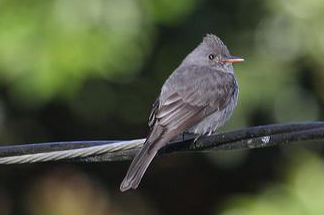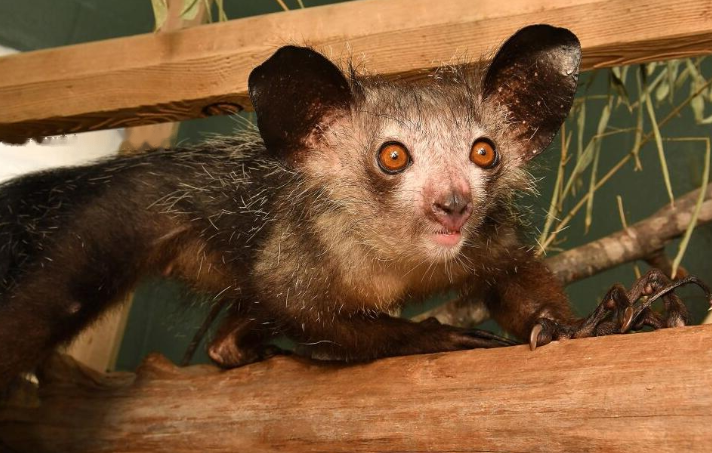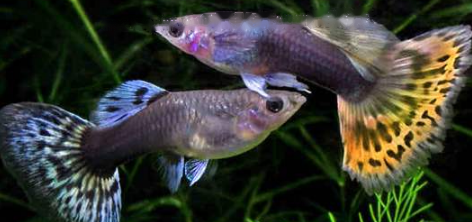The big tit, although it has big in its name, is not very big, it is smaller than the sparrow, so it generally does not attract our attention in daily life. However, anyone who has seen the picture of the big tit knows that its head is a glossy blue-black, which sets off the white cheeks. It looks like the big white face in the Beijing Opera mask, which is very distinctive.
In reality, many birders are unfamiliar with the great tit and want to know its related information.
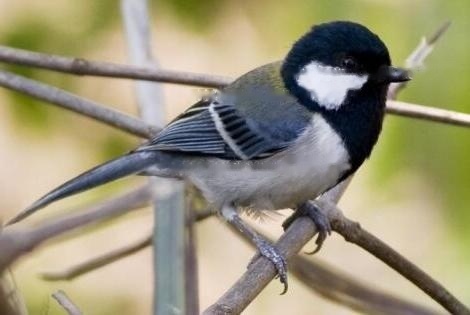
1. Morphological characteristics
1. Body length: 13-15 cm.
2. Beak: The beak is tapered.
3. Body color: The forehead, the front of the eyes, the top of the head, the pillow and the upper part of the back of the neck are blue-black, the entire cheeks, ear feathers and the side of the neck below the eyes are white, showing a nearly triangular white spot. The upper part of the back of the neck is black, extending along the leukoplakia to the left and right sides of the neck, forming a black band that connects with the black on the chin, throat and chest. The upper back and shoulders are yellow-green, with a narrow white horizontal band between the yellow-green on the upper back and the black on the back of the neck; the lower back to the upper tail coverts are blue-grey, and the central pair of tail feathers are also blue-grey. The stem is black, the inner tail feathers are dark brown, the outer tail is blue-gray, and the outer pair of tail feathers are white, only the inner tail has a broad black-brown feather edge.
4. Wings: The coverts on the wings are dark brown, the outer coverts have blue-gray feather edges, and the large coverts have broad gray-white feather tips, forming a prominent gray-white wing band. The flight feathers are black-brown, and the feather edges are blue-gray. Except for the outer two of the primary flight feathers, the rest of the outer feathers have gray-white feather edges; ; tertiary flight feathers with broad gray-white feather edges.
2. Living habits
1. Action: Great tits are agile, often jumping between branches, or flying from one tree to another On a tree, it flies and screams, flies slightly in waves, the crest is not high, usually flies slowly, and the flight distance is not very long, but after being frightened, it flies very quickly.
2. Food: Great tits mainly feed on insects such as golden bugs, beetles, poisonous moth larvae, ants, bees, pine caterpillars, and katydids.
3. Habitat: Great tits mainly inhabit secondary broad-leaved forests, broad-leaved forests and mixed coniferous and broad-leaved forests in low mountains and piedmont regions, and sometimes in orchards, roadsides and fields Trees in bushes, in front of and behind houses, and in courtyards.
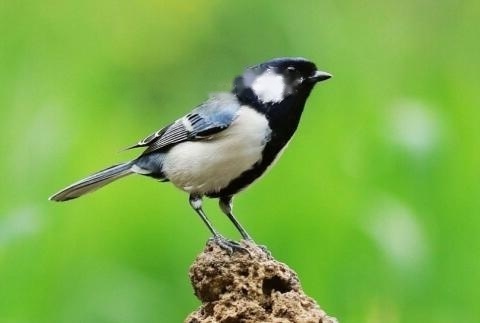
3. Breeding methods
The breeding season of great tits is generally from April to August. They breed 1 or 2 broods a year. Each brood lays 6 to 15 eggs, and the eggs are oval. Shaped or oval, milky white or reddish, and densely covered with reddish-brown spots. Incubating eggs is undertaken by the female bird, sitting in the nest for 7 to 8 hours during the day and overnight in the nest at night. The incubation period is about 15 days.
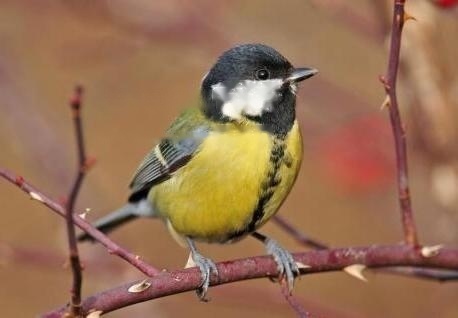
IV. Status of conservation
The great tit has been listed in the State Forestry Administration of China on August 1, 2000. List of wild animals, and World Conservation Union (IUCN) 2016 Red List of Threatened Species ver 3.1 - Least Concern (LC).
Okay, the above is my introduction to the great tit, if you want to know more bird information, please continue to pay attention to this site~
![[Original] Sharing of popular science knowledge of ringed map turtles](/static/img/11249/11249_1.jpg)




